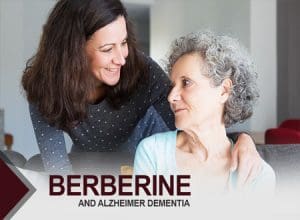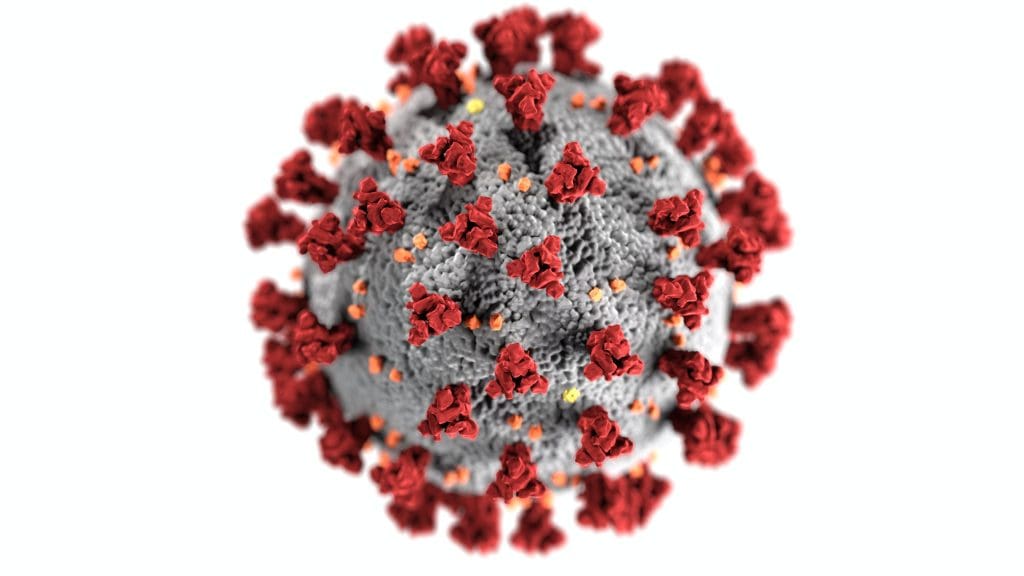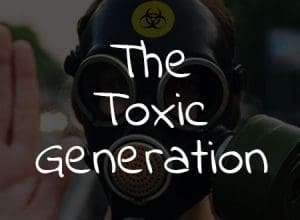



On the 31st December 2019, the World Health Organization (WHO) China country office reported a cluster of pneumonia cases in Wuhan City, Hubei Province of China. Most of the cases are currently experiencing mild to moderate symptoms. The risk of transmission remains low in South Africa as there is no evidence of human-to-human transmission or spread to healthcare workers. It is important to know that there must be a history of contact with a victim / health professional or traveler from China. Remember there are different strains (subspecies) of the Coronavirus and if it is contracted in South-Africa with no contact of a victim / health care professional or traveler to China, it may not be the same aggressive species.
Coronaviruses are a large family of viruses that are common in many different species of animals. This spread includes via camels, cattle, cats, and bats. Animal coronaviruses can infect people, although rarely and then between people such as with MERS, SARS, and now with the new 2019-nCoV originating from China.
Spread from person-to-person happens among close contacts (about within 6 feet). Person-to-person spread is thought to occur mainly via respiratory droplets (droplet spread) produced when an infected person coughs or sneezes, like how influenza and other respiratory pathogens would spread. These droplets can land in the mouths or noses of people who are nearby or possibly be inhaled into the lungs. Currently, it is unclear if a person can get 2019-nCoV by touching a surface or object that has the virus on it and then touching their own mouth, nose, or possibly their eyes.

The main clinical signs and symptoms are


Treatment is supportive as no specific therapy has been shown to be effective. Oxygen therapy, chest physio, pain management, fever management, supportive ventilation, cortisone and if a secondary bacterial infection is proven, then an antibiotic will be added.
Watch Dr. Golding talk on Integrative and Anti-Aging Medicine.
Sign up for our newsletter to find out more about the exciting world of integrative medicine
